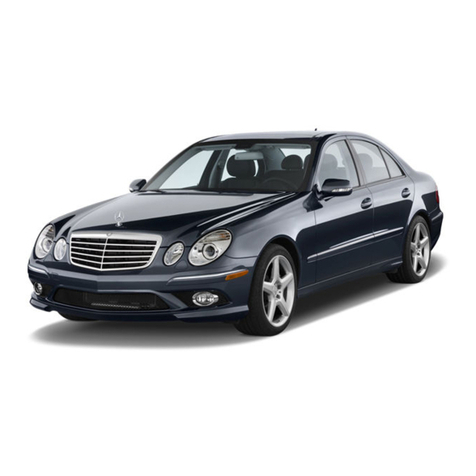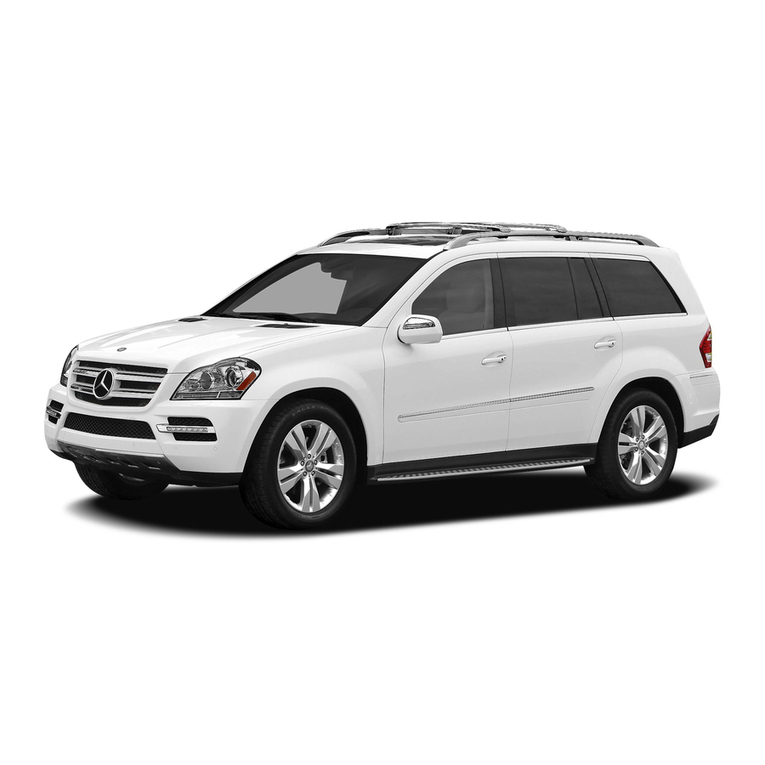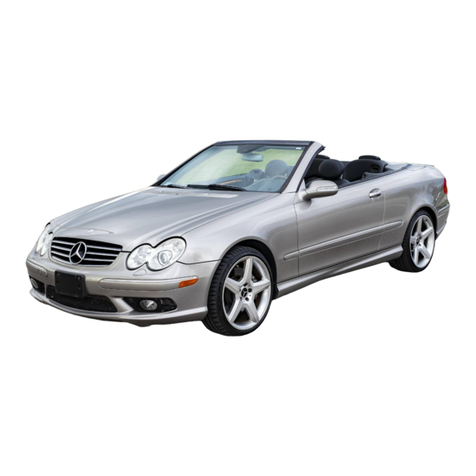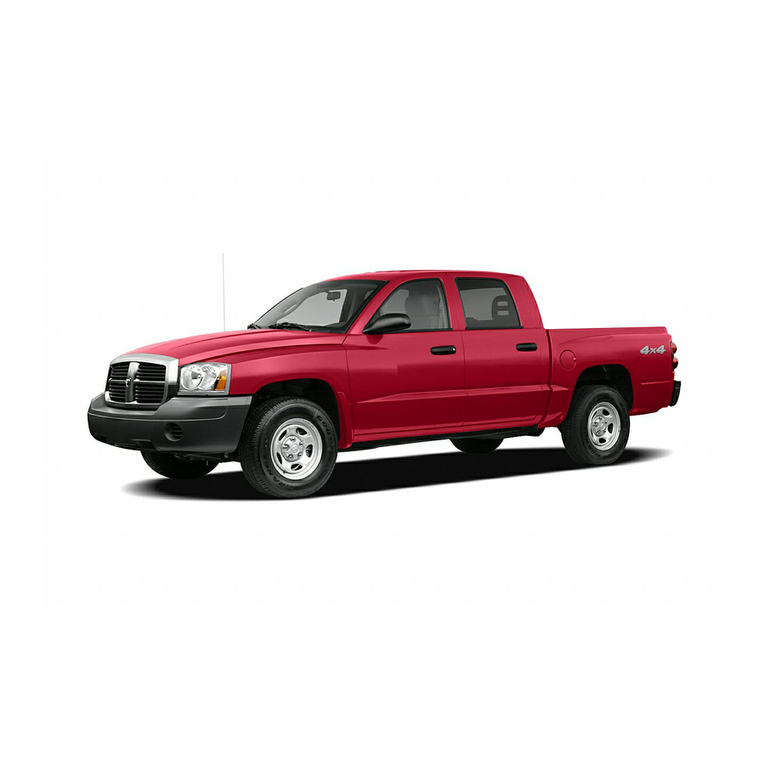Mercedes-Benz 420 SEL 1986 User manual
Other Mercedes-Benz Automobile manuals

Mercedes-Benz
Mercedes-Benz A-Class User manual

Mercedes-Benz
Mercedes-Benz 2009 E-Class User manual

Mercedes-Benz
Mercedes-Benz B-Class User manual

Mercedes-Benz
Mercedes-Benz S 350 User manual

Mercedes-Benz
Mercedes-Benz 2008 CLS 550 User manual

Mercedes-Benz
Mercedes-Benz 190E 2.3 1993 User manual

Mercedes-Benz
Mercedes-Benz SL SERIES User manual

Mercedes-Benz
Mercedes-Benz 300 SE User manual

Mercedes-Benz
Mercedes-Benz 300 TD-TURBO DIESEL 1984 User manual

Mercedes-Benz
Mercedes-Benz AMG GT User manual

Mercedes-Benz
Mercedes-Benz EQ 2023 Instruction Manual

Mercedes-Benz
Mercedes-Benz 180 User manual

Mercedes-Benz
Mercedes-Benz C-Class Coupe User manual

Mercedes-Benz
Mercedes-Benz G-Class User manual

Mercedes-Benz
Mercedes-Benz 2010 CL-Class User manual

Mercedes-Benz
Mercedes-Benz GLS 2020 User manual

Mercedes-Benz
Mercedes-Benz Metris User manual

Mercedes-Benz
Mercedes-Benz AMG E-Class Owner's manual

Mercedes-Benz
Mercedes-Benz 2010 GL-Class User manual

Mercedes-Benz
Mercedes-Benz S-Class Coupe 2015 User manual































